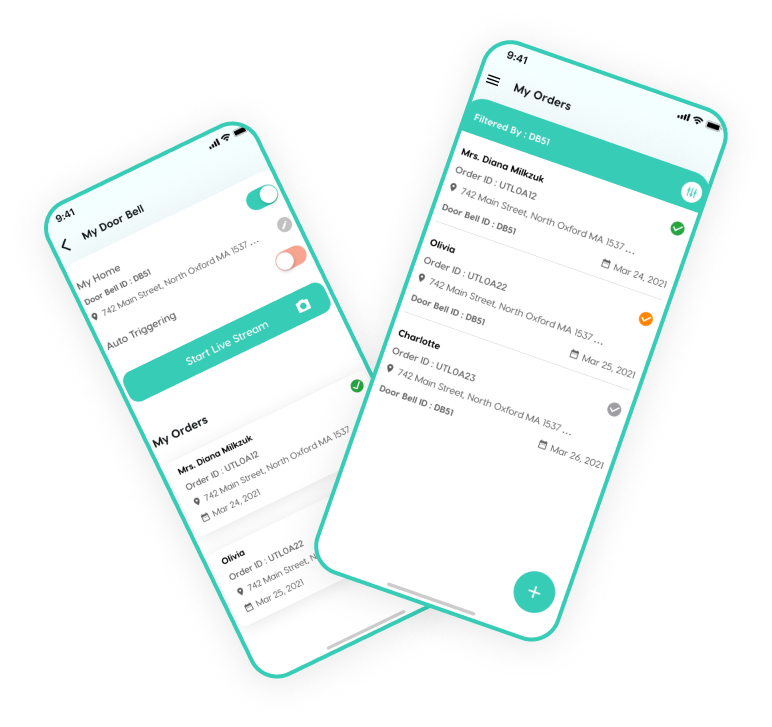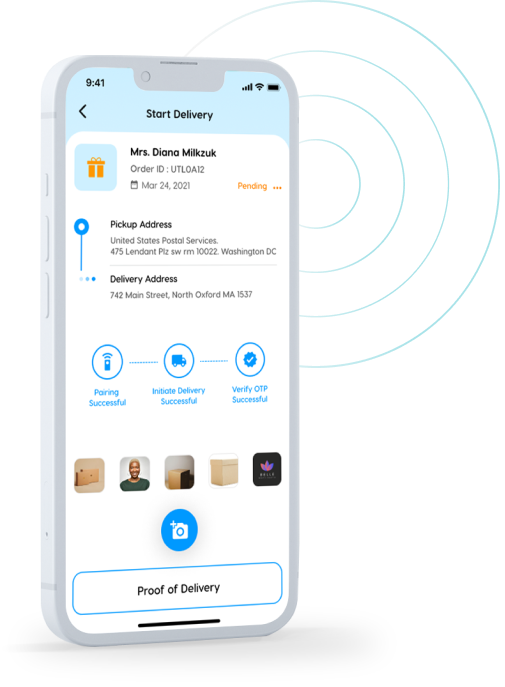Background:
As online shopping grows and delivery volumes soar, consumers are increasingly looking for a system that ensures the secure and punctual receipt of their orders. The demand for an efficient and trustworthy solution such as Smart Track and Notify is clear.
In today's fast-moving global delivery networks, countless packages are shipped and received daily. According to a 2019 study, major corporations handle astonishing numbers of shipments daily: UPS with 22 million, FedEx with 17 million, and Amazon with 1.5 million.
In the United States, about 15% of online orders, which translates to roughly 1.5 million parcels, are either lost or stolen every day.
Innovative technologies like Smart Doorbells are transforming delivery services by addressing the significant issue of lost revenue, estimated at $7 billion, for retailers and logistics leaders such as UPS and FedEx. These solutions offer real-time package tracking and immediate alerts, providing customers with the assurance of monitoring their deliveries remotely and mitigating the economic impact of undelivered packages.
Customers as part of our team :
Our product development journey emphasized a partnership-oriented approach with our customers. By conducting thorough research on the issue of package losses, we gained a deeper understanding of what our clients truly needed, shaping our product to better suit these requirements.
This strategy of involving our clientele created a sense of belonging and contribution among them, leading to the development of features that directly addressed their most significant concerns. Such collaboration was pivotal in collecting essential data and insights. This helped us pinpoint market deficiencies, particularly in areas like package loss, enabling us to design a product that catered specifically to the needs of our target market. We crafted our market entry strategy with a keen awareness of customer preferences and behaviors.
Maintaining open lines of communication across various platforms was key to receiving prompt feedback, which significantly influenced our product's design. This partnership approach not only transformed our customers into collaborators but also forged a product that was highly attuned to market demands. This led to strong, trust-based relationships and shared objectives.
Our Smart Doorbells represent a breakthrough in delivery management, effectively tackling the $7 billion revenue loss issue faced by retailers and logistics giants like UPS and FedEx. Offering real-time package tracking and immediate alerts, these doorbells empower customers to remotely oversee their deliveries, thus minimizing the financial impact of lost shipments.


